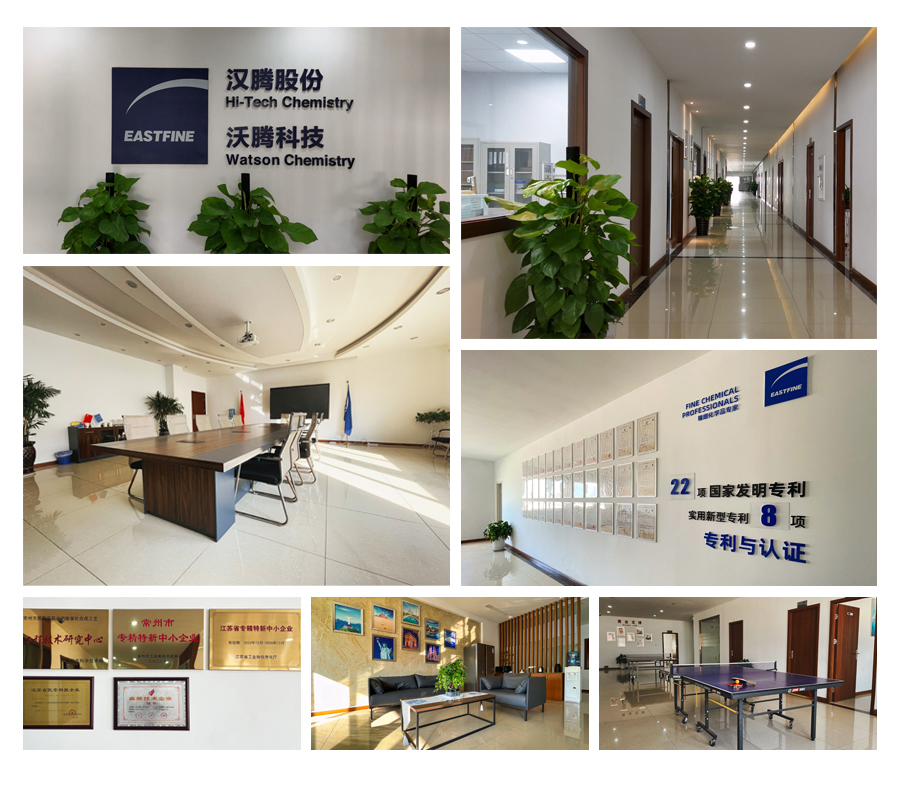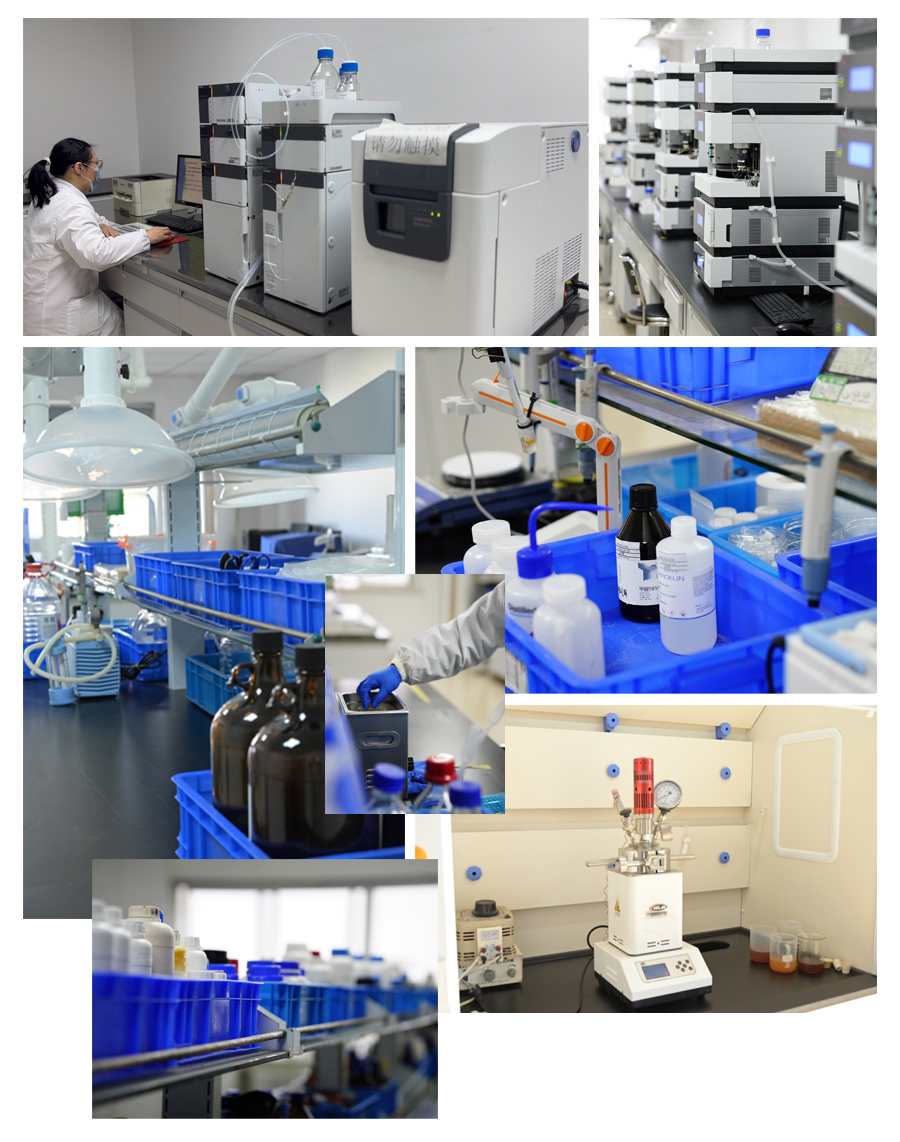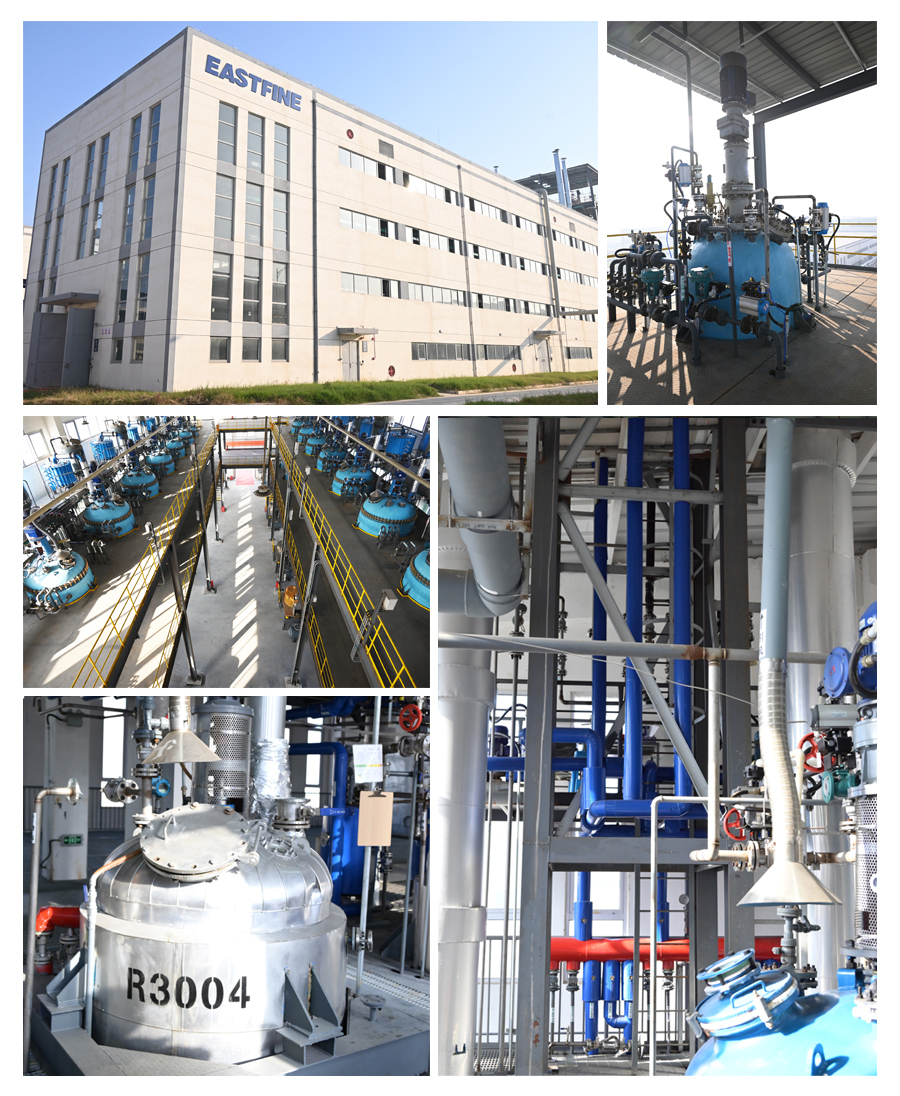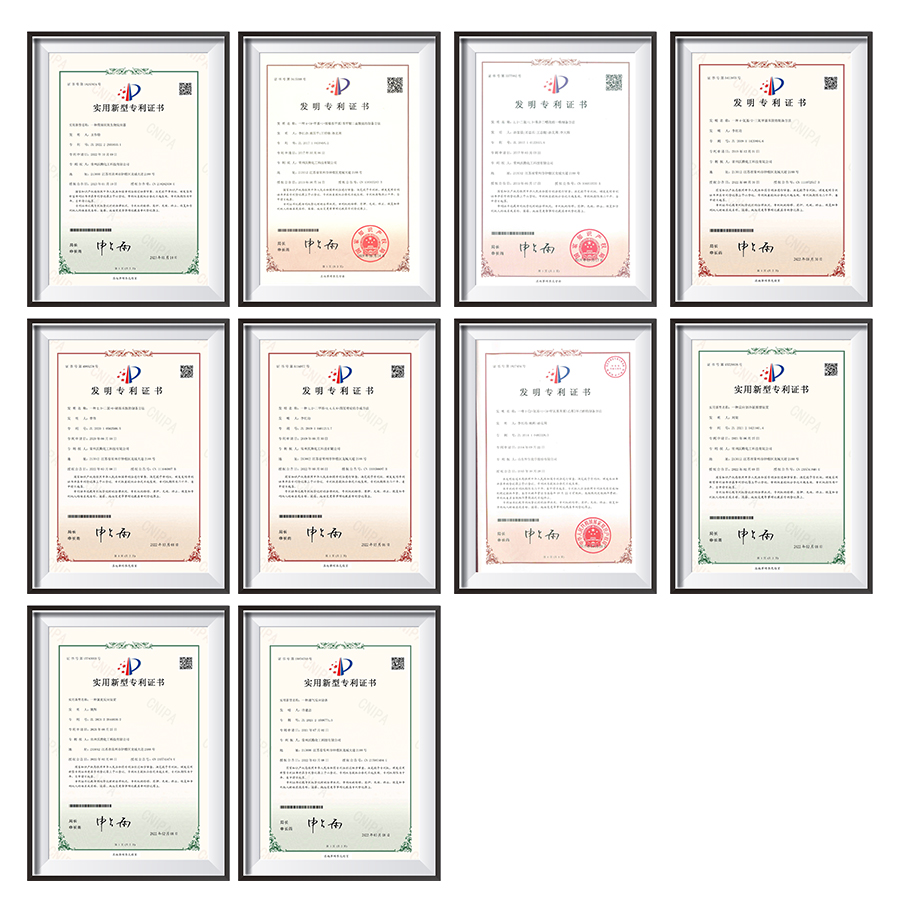| Availability: | |
|---|---|






Product Description
We are a pharmaceutical intermediate manufacturer of 3-Iodo-4-fluorobromobenzene.
Its CAS No. is 116272-41-4
Our pharmaceutical intermediates can be used in a variety of APIs.
| Product Category | Custom Synthetic Intermediates |
| CAS NO | 116272-41-4 |
| Product Specifications | Boiling point: 247.4±25.0 °C(Predicted) Density: 2.281 Storage temp.: Keep in dark place,Sealed in dry,2-8°C |
Office Environment

Laboratory

Workshop/Warehouse

Certificate

3-Iodo-4-fluorobromobenzene is produced by EASTFINE , and we are in charge of overseas selling . Not just trading compamy .
China,America,Brazil,England,Russia,Poland,India,Pakistan,NewZealand,Korea,Australia,Dubai,Turkey,Indonesia,UAE.
yes , you can have 1 3-Iodo-4-fluorobromobenzene sample for starting the business , but it is not free
please contact sale team for detail .
3-Iodo-4-fluorobromobenzene (CAS 116272-41-4) is a polyhalogenated aromatic compound with molecular formula C₆H₃BrFI. This pale yellow to amber liquid features three strategically positioned halogen substituents (iodine, fluorine, and bromine) on the benzene ring, making it an exceptionally versatile intermediate for sequential cross-coupling reactions in pharmaceutical and materials chemistry.
The compound typically appears as a pale yellow to amber colored liquid with a molecular weight of 300.90 g/mol. It has a boiling point range of 110-115°C at 15 mmHg and a density of approximately 2.25 g/cm³ at 25°C. The material demonstrates excellent solubility in common organic solvents like dichloromethane and THF, while being insoluble in water.
For optimal stability, store in tightly sealed amber glass containers under inert atmosphere (nitrogen or argon) at 2-8°C. The material is sensitive to both light and air exposure, requiring protection from these elements. Properly stored, it maintains excellent stability for at least 12 months. Keep away from strong oxidizers, reducing agents, and reactive metals.
This compound serves as a premium building block in medicinal chemistry, particularly valuable for sequential cross-coupling reactions where selective functionalization of different halogen sites is required. The bromine and iodine substituents enable orthogonal coupling reactions, while the fluorine enhances metabolic stability. It's especially useful in developing complex fluorinated pharmaceuticals and agrochemicals.
The compound may cause severe skin burns and eye damage. Appropriate personal protective equipment including chemical-resistant gloves (Viton® or silver shield), face shield, and proper ventilation are essential. Handle only in a fume hood and avoid any contact with skin or eyes. In case of exposure, immediately flush affected areas with copious amounts of water for at least 15 minutes and seek medical attention.
Quality control includes GC analysis (typically ≥97% purity), refractive index measurement (n20/D ~1.62), and comprehensive spectroscopic characterization. ⊃1;H NMR shows characteristic aromatic proton patterns, while ⊃1;⁹F NMR confirms the fluorine substitution. Mass spectrometry provides molecular weight confirmation, and halogen content may be verified by elemental analysis.
The unique combination of three different halogen substituents creates exceptional versatility where each halogen can be selectively modified under different reaction conditions. The iodine is most reactive in coupling reactions, followed by bromine, while the fluorine provides electronic tuning and metabolic stability. This makes the compound particularly valuable for constructing complex molecular architectures in drug discovery.
This specialty chemical is available through fine chemical suppliers in quantities ranging from grams to kilograms. Reputable suppliers provide certificates of analysis with each batch, including chromatographic purity data and spectral characterization. Custom synthesis and purification services are often available for specific research requirements, along with technical support for application development.